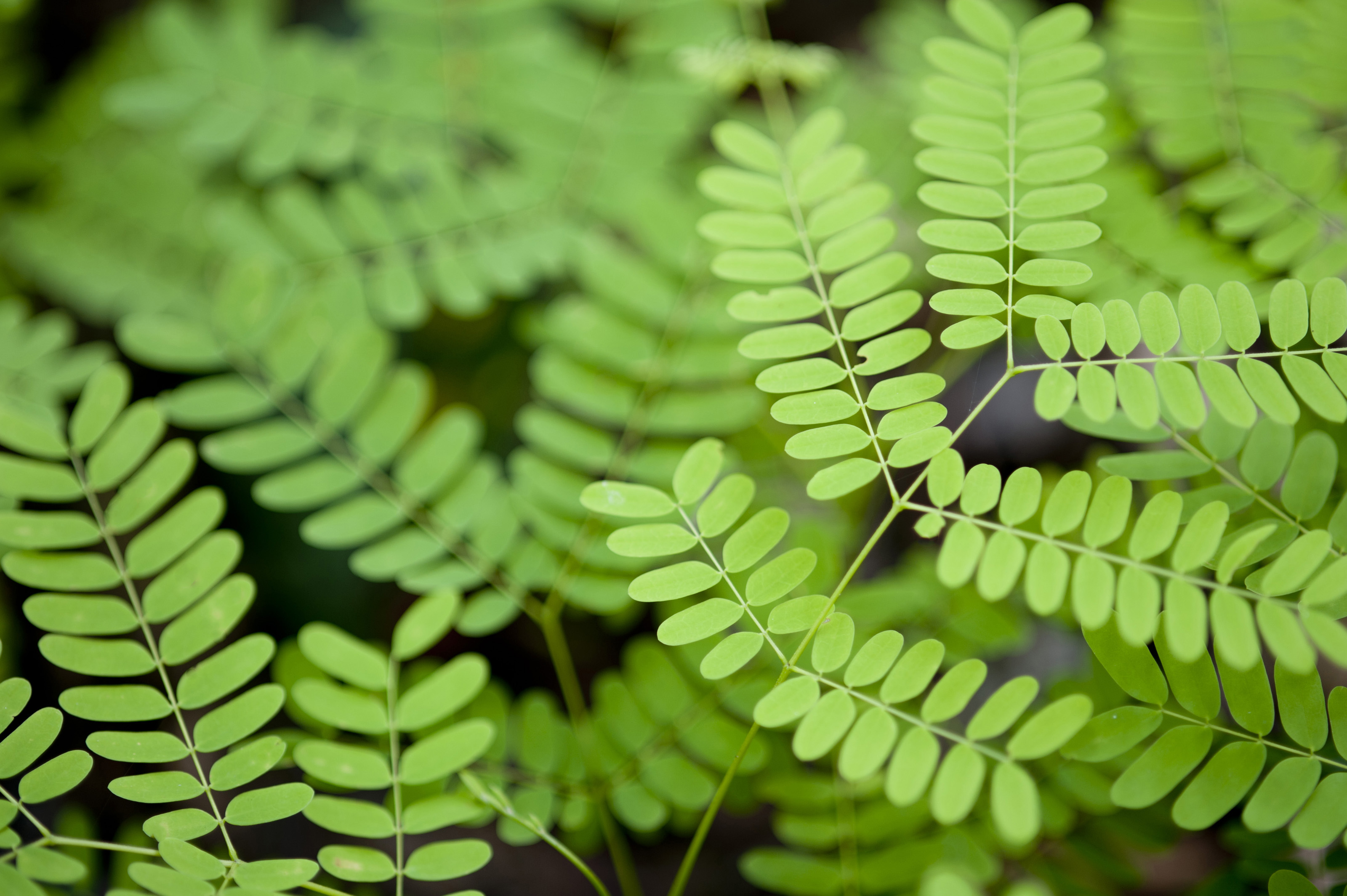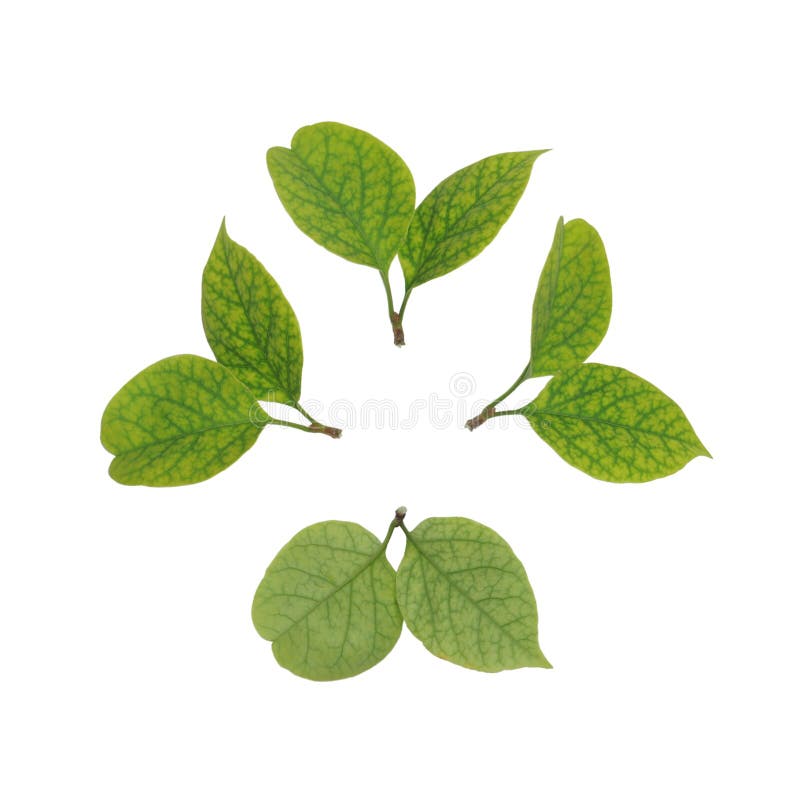Can something seemingly insignificant as a small leaf hold a universe of secrets, both visible and microscopic? The answer, surprisingly, is a resounding yes, as these unassuming structures play a vital role in the complex web of life and offer a wealth of information for those who take the time to observe them.
From the intricate patterns of their veins to the variations in their shapes and sizes, leaves offer a fascinating window into the world of botany. Their study, known as leaf morphology, provides critical insights into plant identification, evolutionary relationships, and even the environmental conditions in which a plant thrives. Understanding the vocabulary used to describe these structures is key to unlocking their secrets.
Here is a table outlining key terms used to describe leaf morphology:
| Term | Description | Example |
|---|---|---|
| Lamina (Leaf Blade) | The main, flattened part of the leaf, responsible for photosynthesis. | The broad, green surface of a typical leaf. |
| Simple Leaf | A leaf with an undivided lamina. | An oak leaf. |
| Compound Leaf | A leaf with a lamina divided into two or more leaflets. | A rose leaf. |
| Leaflets | Individual segments of a compound leaf. | The individual "leaves" of a clover. |
| Midrib | The central, main vein of a leaf. | The prominent vein running down the center of a leaf. |
| Veins | The vascular structures within the leaf, transporting water and nutrients. | The network of lines visible on a leaf's surface. |
| Serrate | Having saw-tooth like edges. | The edges of a maple leaf. |
| Lobe | A rounded projection on the leaf. | The segments of a lobed leaf. |
| Petioles | The stalk that attaches the leaf blade to the stem. | The stem of a leaf. |
For more detailed information, please consult the Britannica.
The world of leaves is more diverse than one might initially imagine. Consider the Hoya genus, with its multitude of species, including those known for their small leaves. These varieties often possess unique characteristics that make them desirable additions to any plant collection. Similarly, the size and shape of leaves, as well as their surface texture and color, can vary greatly, impacting how they capture sunlight for photosynthesis.
Plant identification often relies heavily on leaf characteristics. Specialized websites and field guides dedicated to plant identification will often highlight leaf morphology. These resources will guide the user through the process of identifying a plant, based on the shape of the leaf, vein patterns, and the presence or absence of teeth on the leaf edges. Different leaves have different shapes. Identifying trees, shrubs, garden plants, weeds, and herbs using their leaves is a common and effective method for both amateur and professional botanists.
- The Ultimate Guide To Frankie Munizs Kids Names
- The Ultimate Backstreet Boys Timeline From The Beginning To Today
Consider the case of identifying a small maple tree. Identification often hinges on features like the leaf shape, which generally exhibits pointed lobes with toothed or serrated edges. The size of the tree (typically under 20 feet in height), its bark characteristics, and the presence of winged fruits called samaras are also crucial clues. The leaf's veins are of paramount importance, acting as pathways for transporting vital nutrients to every part of the leaf, playing a crucial role in photosynthesis. The midvein or midrib acts as the central vein, from which smaller capillaries branch out to form an intricate pattern.
Many plants also have leaves that are directly connected to the stem; these are called sessile leaves. The more familiar leaves have a leaf stalk, called the petiole, which connects the leaf blade to the stem. This is the part of the leaf most people think of when they think of "the stem." The axillary bud is the small bud that often grows in the crotch between the leaf and the stem. This bud has the potential to grow into a new branch or a flower.
Beyond the scientific realm, leaves find their place in various creative endeavors. Crochet enthusiasts, for instance, often employ leaf patterns to embellish their projects. Numerous free crochet leaf patterns are available, allowing crafters to create everything from simple, small leaves to intricate designs. These crochet motifs are incredibly popular and are easy to make, with each leaf pattern often taking less than 10 minutes to complete. The versatility of crochet leaves allows them to be incorporated into various projects, from fall-themed decorations to general crafting projects. This is an example of how something so simple can be adapted for creative use.
Knitting also presents opportunities for creating leaves. Making knitted leaves is an accessible project that can be enjoyed by both novice and experienced knitters. The small size of these projects makes them relatively fast to complete, making them ideal for beginners. It can also be a great way to use up yarn scraps and create charming leaf decorations.
In the digital realm, leaves have found their way into the world of video games. The game "Green Hell", for instance, has a "small leaf pile" material added in a past update. This material can be found by cutting down small bushes and is used for tinder.
There are times in which a leaf can be more than a leaf. Think back to the story of the small leaf. "How could such a small leaf hurt my finger?" the man wondered. "There were many teeth on the leaf, and the teeth were sharp." Despite being so small, leaves can still present a surprising and impressive feature, and perhaps even a surprising danger.
The journey of exploring leaves showcases the rich diversity and functionality of the natural world. From a small leaf, one can study morphology and the intricate details of plant biology to how it can be used in crafting. The humble leaf is a testament to the complexities of our world, a world that is always ready to share its secrets with those willing to look closely.



Detail Author:
- Name : Eryn Shields PhD
- Username : raltenwerth
- Email : crath@yahoo.com
- Birthdate : 1999-12-05
- Address : 504 Kiley Points Apt. 215 Turnershire, DE 46158-7254
- Phone : 820-699-1124
- Company : Armstrong, Greenfelder and Hills
- Job : Preschool Education Administrators
- Bio : Magnam ducimus qui aliquid beatae. Non suscipit eum repudiandae odio illo voluptatem rerum vel. Ipsum omnis reprehenderit distinctio amet ut deleniti dolor.
Socials
facebook:
- url : https://facebook.com/stephany_quigley
- username : stephany_quigley
- bio : Saepe pariatur in voluptate doloribus deserunt.
- followers : 3687
- following : 1191
tiktok:
- url : https://tiktok.com/@stephanyquigley
- username : stephanyquigley
- bio : Delectus laboriosam accusamus ut qui inventore ea.
- followers : 6067
- following : 2734
linkedin:
- url : https://linkedin.com/in/stephanyquigley
- username : stephanyquigley
- bio : Est velit et in et.
- followers : 1210
- following : 2212
twitter:
- url : https://twitter.com/stephany_quigley
- username : stephany_quigley
- bio : Neque minus tempore et sit. Ratione aliquid in ipsum dolores veniam. Aperiam autem corporis voluptatibus quos quis odio voluptatem.
- followers : 2335
- following : 1603
instagram:
- url : https://instagram.com/stephany_id
- username : stephany_id
- bio : Possimus ut autem ad quod quo non earum. Nemo ut porro harum vitae ad culpa minima.
- followers : 1117
- following : 2412